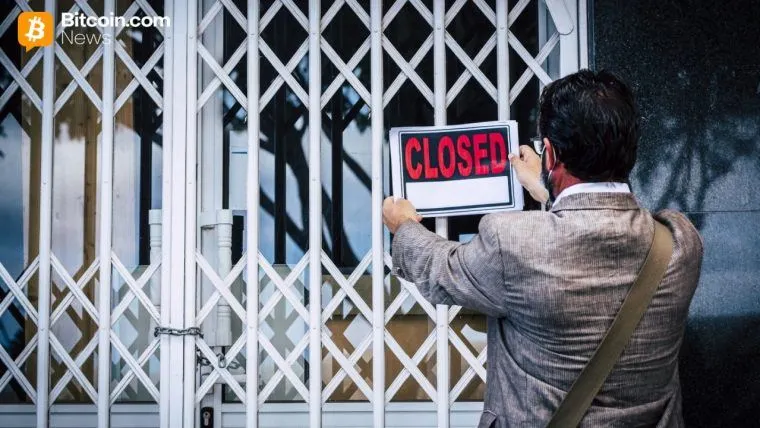Ethereum is entering the final testnet phase of its Fusaka upgrade, which is the last significant step before the mainnet deployment expected on December 3. This update introduces a single transaction gas limit of approximately 16.78 million units to improve block efficiency and prepare the network for parallel execution.
This change has been launched on the Holesky and Sepolia testnets, aimed at preventing a single transaction from consuming the entire block's gas. Previously, a single transaction could use up to about 45 million of the full block gas limit, which posed potential denial-of-service attack risks and limited scalability.
The gas limit restricts the processing capacity that a single transaction can use, ensuring that no transaction can monopolize an entire block and allowing the network to handle activity more evenly.
By implementing a single transaction gas limit, Ethereum aims to make block composition more efficient and predictable, ensuring that multiple smaller transactions can fit within a single block.
This change is part of a broader roadmap for Ethereum's transition to parallel execution, which is an important milestone in its roadmap that will enable multiple transactions to be processed simultaneously.
The introduction of a limited transaction gas limit came about a week after Ethereum launched the Fusaka upgrade on the Sepolia testnet, which raised the full block gas limit from about 45 million to 60 million.
The next phase of the Fusaka upgrade is scheduled to launch on the Hoodi testnet on October 28, with mainnet deployment expected in December 2025.
The Fusaka upgrade (EIP-7825) is a crucial part of Ethereum's roadmap, following the Dencun upgrade in March 2024 and the Pectra upgrade on May 6, 2025.
This upgrade introduces several changes: raising Ethereum's default block gas limit to 60 million, setting a single transaction gas limit of 16.77 million according to EIP-7825, and introducing PeerDAS for the first time—this is the core feature of the upgrade.
PeerDAS, or Peer Data Availability Sampling, allows Ethereum nodes to store only a small random fragment of the second layer "blob" data instead of the entire dataset. This approach reduces hardware requirements while maintaining network security and enables cheaper, higher-throughput scaling for second-layer networks.
Glamsterdam is the next upgrade after Fusaka, which will focus on Ethereum's execution layer and introduce EIP-7928, marking the first significant step towards parallel transaction processing for the network.
Gabriel Trintinalia, a protocol engineer at Consensys client Besu, told Cointelegraph: "These testnet upgrades are crucial for building confidence before the mainnet fork, allowing client teams, validators, and the ecosystem to validate performance, detect edge cases, and fine-tune parameters before activation."
Related: Can Ethereum (ETH) price return to $4,500 in October?
Original article: “Ethereum Enters Final Testnet Phase of Fusaka Upgrade, Mainnet Deployment Imminent on December 3”
免责声明:本文章仅代表作者个人观点,不代表本平台的立场和观点。本文章仅供信息分享,不构成对任何人的任何投资建议。用户与作者之间的任何争议,与本平台无关。如网页中刊载的文章或图片涉及侵权,请提供相关的权利证明和身份证明发送邮件到support@aicoin.com,本平台相关工作人员将会进行核查。




